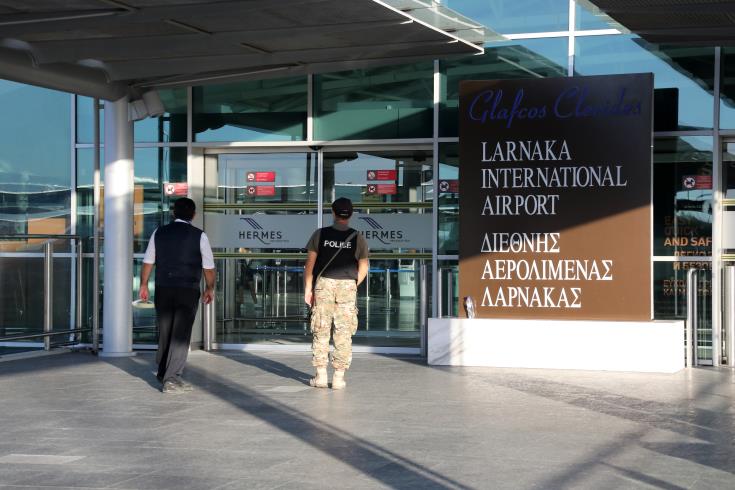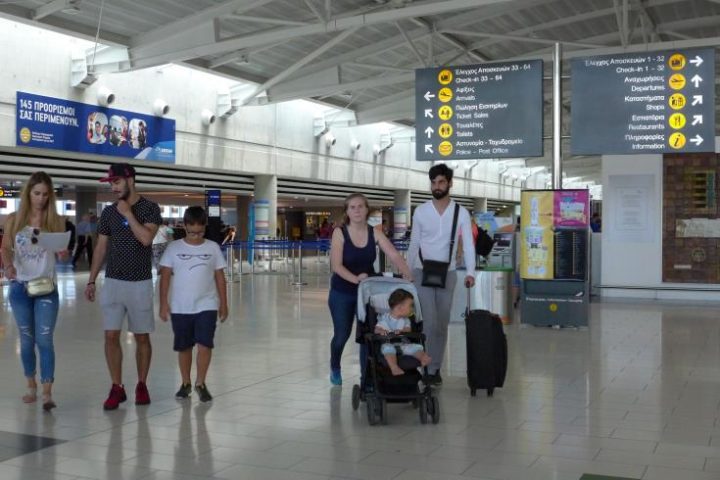Four EU member states are excluded from Cyprus’ safest green category for travel, including Malta, which was evicted due to the country’s high-risk red classification.
Cyprus revised the safe travel list, which came into effect on Thursday with Denmark, France, and Finland, dropping from the Green category into orange and Lichtenstein from the European Free Trade Association (EEA).
The fourth EU country, Malta, fell directly from the green category, where it had been slotted since May, to the red.
The island’s safest green category includes a total of 28 countries, of which 15 are EU member states.
Another two EU members, the Netherlands and Luxembourg, were demoted from orange to red along with Andorra and South Korea.
New green entries were Canada, Serbia and North Macedonia upgraded from orange.
Under Cyprus’ colour-coded system, there is no mandatory quarantine for tourists entering Cyprus from the EU.
There are now 14 countries in the orange zone, including Lebanon and the USA, where a negative PCR test is required.
While Cyprus is placing more countries in higher-risk categories, the island’s epidemiological data has deteriorated, with daily cases reaching four digits.
Cyprus has opened its doors to vaccinated tourists, regardless of their country of origin, to boost arrivals that plunged 84.1% last year.
But the UK – the island’s biggest tourist market – is in the red, making it more difficult for Cyprus’ tourism sector.
Although fully vaccinated, tourists can enter without restrictions.
Tourists allowed unconditional entry must have had a COVID-19 vaccine approved by the European Medicines Agency (EMA), Pfizer/BioNTech, AstraZeneca, Moderna and Janssen.
Russia’s SputnikV and China’s Sinopharm are also accepted vaccines by Cyprus.
Fully vaccinated Cypriots or legal residents are allowed entry without having to undergo COVID-19 tests or self-isolate.
GREEN
Under the new COVID assessment scheme, low-risk countries currently classified in the green category are:
European Union: 1) Austria, 2) Bulgaria, 3) Germany, 4) Estonia, 5) Italy, 6) Croatia, 7) Latvia, 8) Lithuania, 9) Hungary, 10) Poland, 11) Romania, 12) Slovakia, 13) Slovenia, 14) Sweden, 15) Czech Republic
Small States: 1) Monaco, 2) Vatican City
Members of the Schengen Area: 1) Switzerland, 2) Iceland, 3) Norway
Third Countries: 1) Australia, 2) Northern Macedonia, 3) Jordan, 4) Israel, 5) Canada, 6) New Zealand, 7) Serbia, 8) Singapore
ORANGE
Orange countries are those of higher risk than green.
Passengers must have undergone a PCR laboratory test within 72 hours before departure and have a certificate proving they tested negative for the virus.
European Union: 1) Belgium, 2) France, 3) Denmark, 4) Greece, 5) Ireland, 6) Finland
Schengen Area Members: 1) Liechtenstein
Third Countries: 1) Azerbaijan, 2) United States of America, 3) Japan, 4) Qatar, 5) China (including Hong Kong, Macau, and Taiwan), 6) Lebanon, 7) Saudi Arabia
RED
This category includes countries of higher risk than orange.
Passengers coming from red category countries are required: a) to prove a negative PCR test carried out under 72 hours before departure, and b) undergo another PCR test upon arrival in Cyprus. The cost of the test is charged to the individual.
European Union: 1) Spain, 2) Luxembourg, 3) Malta, 4) the Netherlands, 5) Portugal
Small states: 1) Andorra, 2) San Marino
Third Countries: 1) Egypt, 2) Albania, 3) Armenia, 4) Bosnia and Herzegovina, 5) Georgia, 6) United Arab Emirates, 7) United Kingdom 8) Kuwait, 9) Belarus 10) Montenegro 11) Moldova, 12) Bahrain, 13) Brunei, 14) South Korea, 15) South Korea
GREY
Arrivals are allowed entry after acquiring special permission, and only if they are Cypriot citizens or entitled to enter, such as people with a work permit.
Passengers must undergo a coronavirus test under 72 hours before their trip and have a certificate they tested negative for Covid-19.
Grey category passengers must remain in self-isolation for 14 days or 10 if they choose to carry out another coronavirus PCR test with a negative result.










